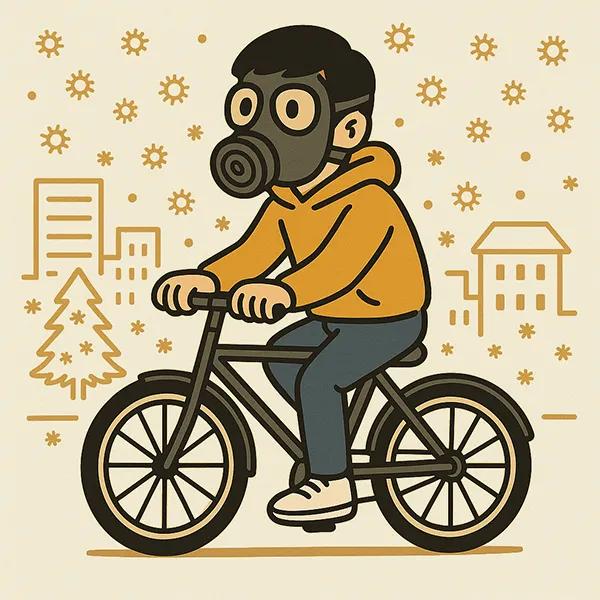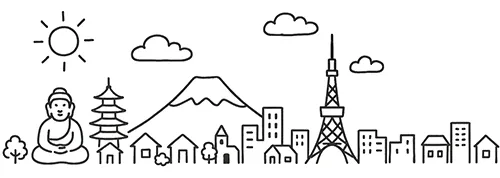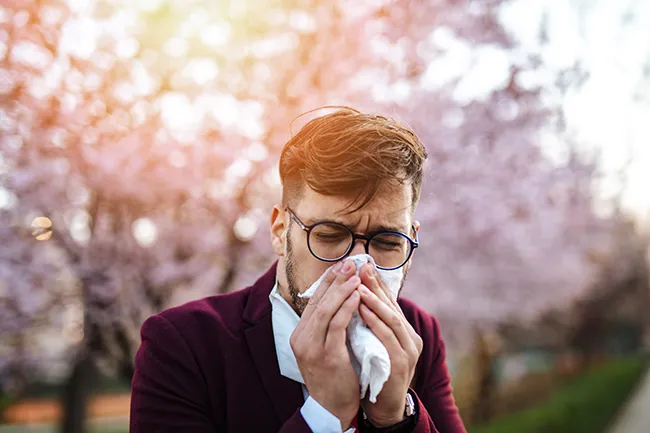Japan has been welcoming more and more visitors every year, and travelers from around the world are enjoying its many famous attractions across the country.
But depending on when you visit, there’s one invisible enemy that could completely ruin your trip — Japan’s brutal pollen.
Japan’s pollen levels are among the highest in the world. In fact, it’s no exaggeration to say they’re world-class — in the worst way.
🌲 Why Japan Is Called a “Pollen Superpower”
① An Overwhelming Amount of Cedar Pollen
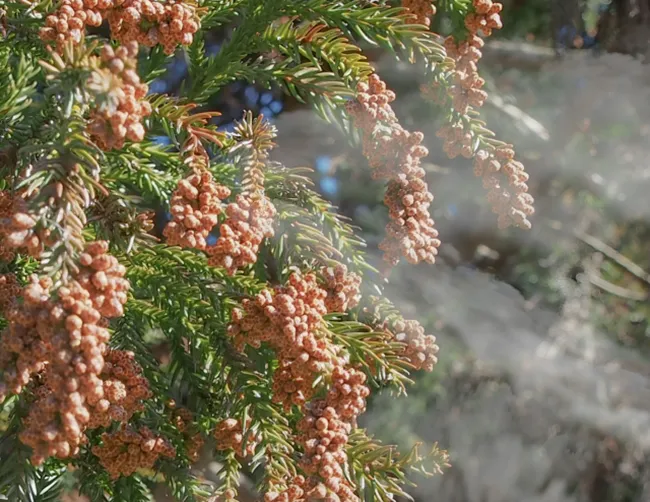
After World War II, Japan planted huge numbers of cedar trees (sugi) to meet the demand for construction wood.
However, many of these trees were never cut down, and as they matured, they began releasing massive amounts of pollen every spring.
Cedar forests now make up about 18% of Japan’s total woodland area (around 4.5 million hectares) —
essentially turning Japan into one giant “pollen factory.”
👉 A single cedar tree can release 200–600 million pollen grains per season.
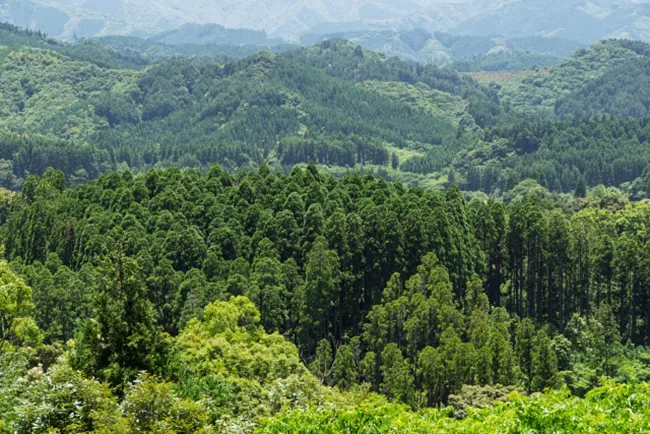
② A Long Pollen Season That Reaches Cities
Pollen spreads for over three months (February–May), and travels tens of kilometers through the air.
Even in urban areas like Tokyo or Osaka, pollen from mountain regions can reach the city in large quantities.
On dry, windy, sunny days, you can even see a faint yellow haze in the air — that’s pollen.
③ Exceptionally High Allergy Rates
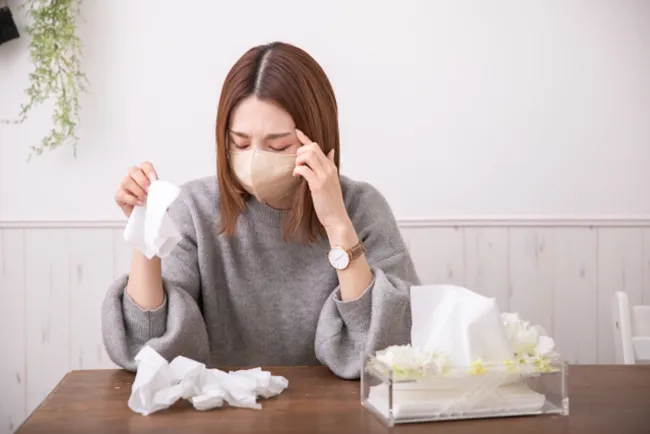
According to Japan’s Ministry of Health, about 42–45% of Japanese people suffer from pollen allergies (mostly cedar).
Among people in their 20s, the rate can reach nearly 60% — one of the highest in the world.
| Country | Main Pollen Types | Approx. Allergy Rate | Characteristics |
|---|---|---|---|
| 🇯🇵 Japan | Cedar, Cypress | 40–45% | World’s highest pollen volume and concentration. Nationwide impact every spring. |
| 🇺🇸 USA | Ragweed, Oak, Grasses | ~20–25% | Two allergy seasons (spring & fall). |
| 🇬🇧 UK | Grasses, Birch | ~25% | Peak from June–August; rain helps reduce pollen spread. |
| 🇩🇪 Germany | Birch, Alder | ~20% | Short, intense spring season. |
| 🇦🇺 Australia | Grasses | ~15–20% | Strong regional differences; “thunderstorm asthma” in some areas. |
Every country has pollen allergies, but Japan stands out for its extreme pollen volume, duration, and high number of sufferers.
🌸 Pollen Is Everywhere in Japan
Japan’s main culprits are cedar and cypress in spring, and ragweed in autumn —
but other types of pollen are present almost year-round.
No matter where you go, pollen can find you.
Main Types of Pollen in Japan
| Pollen Type | Main Season | Regions | Notes |
|---|---|---|---|
| Cedar (Sugi) | Feb–Apr | Nationwide (except Hokkaido) | The biggest cause of allergies in Japan. 70% of sufferers react to cedar. Extremely high pollen levels. |
| Cypress (Hinoki) | Mar–May | Honshu–Kyushu | Comes after cedar. Causes strong eye irritation. Many people react to both. |
| Alder (Hannoki) | Jan–Mar | Hokkaido–Honshu | Early spring pollen. Can cause cross-reactions with fruit allergies (like apples or peaches). |
| Birch (Shirakaba) | Apr–Jun | Hokkaido & Tohoku | Major allergen in northern Japan. Often linked to oral allergy syndrome. |
| Grasses (Kamo-gaya, etc.) | May–Sep | Nationwide | Common in summer. Found in parks and roadsides. Causes itchy eyes and nose. |
| Ragweed / Mugwort | Aug–Oct | Nationwide | Main cause of autumn allergies. Smaller volume but stronger reactions. |
| Kanamugura (Humulus japonicus) | Sep–Oct | Central–Southern Japan | Late autumn pollen; may trigger asthma. |
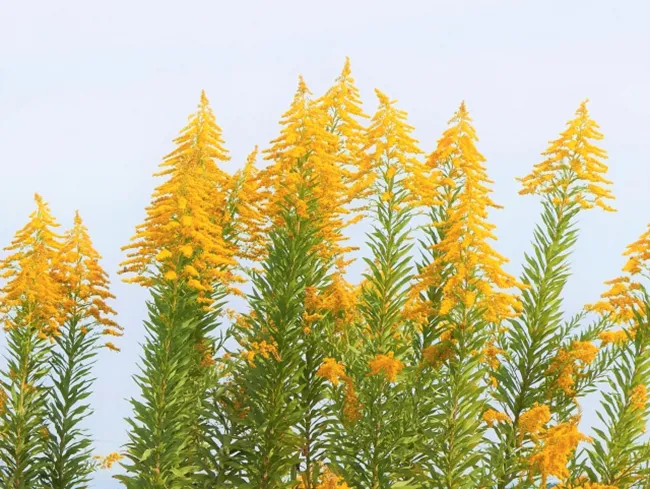
Rough Seasonal Pollen Calendar
| Month | Main Pollen |
|---|---|
| Jan | Alder |
| Feb | Cedar (start) |
| Mar | Cedar, Cypress |
| Apr | Cypress, Birch |
| May | Birch, Grasses |
| Jun–Aug | Grasses |
| Sep–Oct | Ragweed, Mugwort, Kanamugura |
| Nov–Dec | Almost none |
🌴 The Only Safe Haven: Okinawa
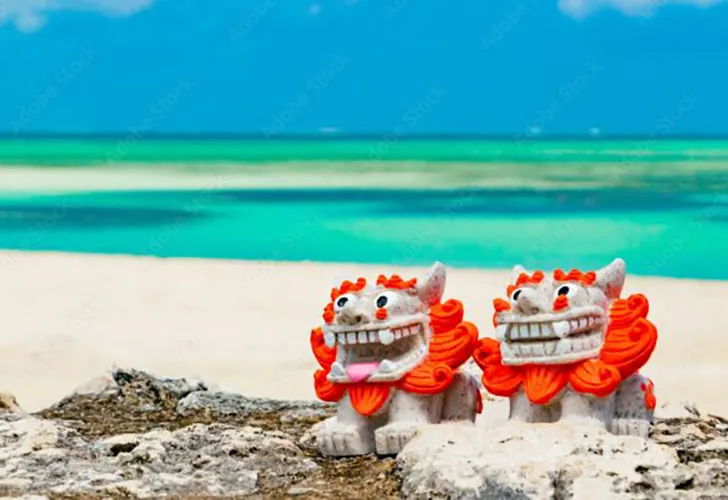
Okinawa has no cedar or cypress, making it one of the few places in Japan with virtually no pollen problems.
If you want to enjoy spring in Japan without sneezing your way through it, Okinawa is your best bet.
😷 How to Protect Yourself
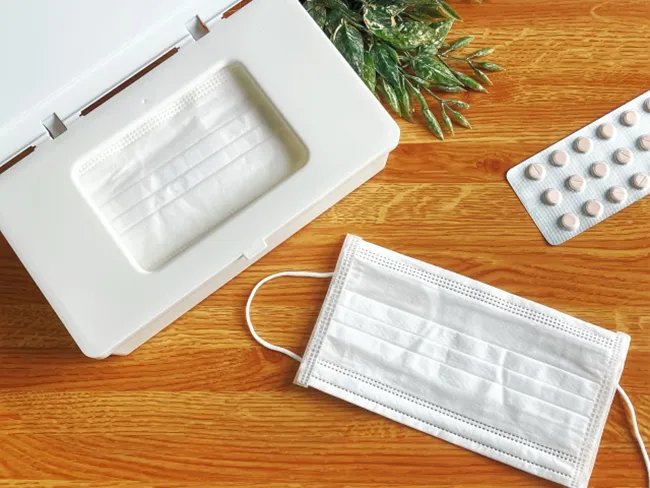
- Masks and glasses are a must.
- Antihistamines such as Allegra and Claritin are widely available at Japanese pharmacies.
- For best results, start taking them 1–2 weeks before pollen season begins.
You can even find stylish anti-pollen glasses at Japanese eyewear shops.
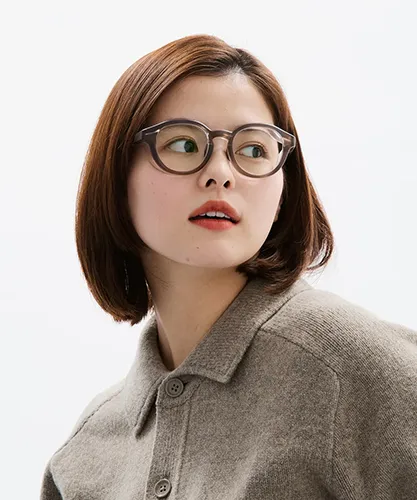
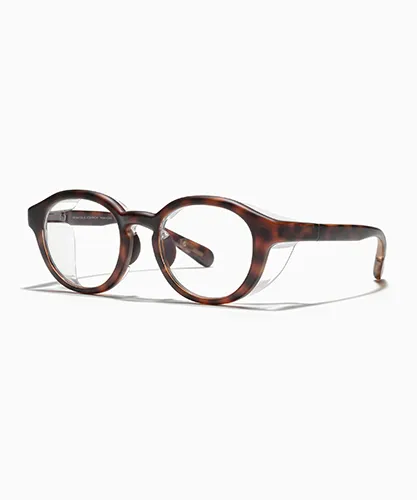
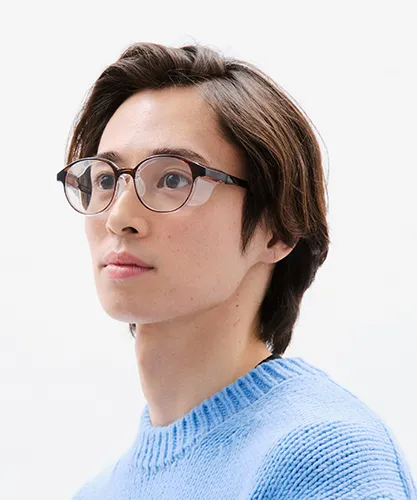
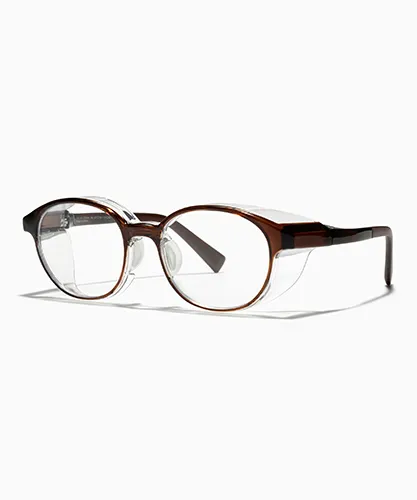
☠️ The Most Dangerous Season
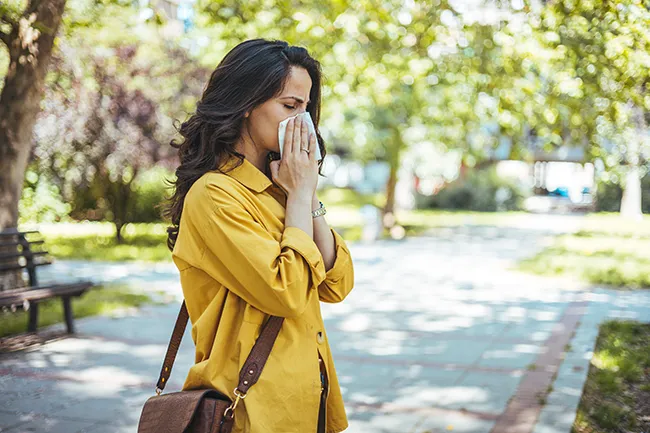
The worst time is March through May.
During this period, pollen levels are so extreme that even locals suffer daily.
I personally never go outside without a mask, glasses, and medicine.
If I forget them, I can barely focus at work because of the sneezing and headaches.
Even if you’ve never had allergies before, there’s a real chance you could develop hay fever after spending time in Japan.
If that happens, head to the nearest drugstore — pollen medicines and eye drops are always in stock.
🧍♀️ How Japanese People Cope
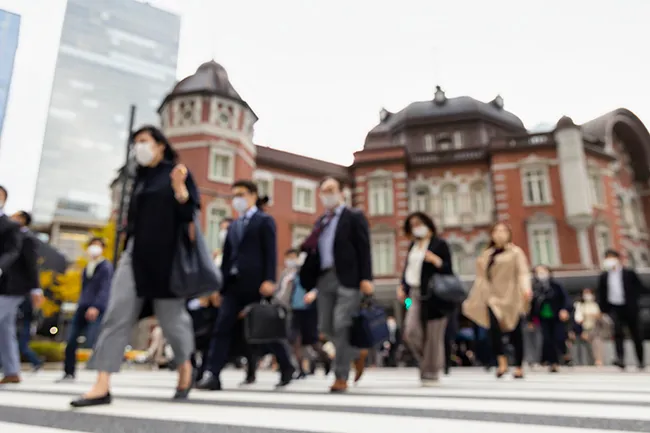
During pollen season, everyone wears masks — not because they’re sick, but to block pollen.
Laundry is usually hung outdoors in Japan, but during spring, many people dry clothes indoors to prevent pollen from sticking to fabric.
(My family does the same.)
🌸 In Conclusion
Japan’s four seasons make it a beautiful country, but the pollen problem is one of the few downsides.
Severe cases can even cause headaches and fatigue.
Of course, not everyone reacts — but if you plan to visit Japan, be sure to check the pollen forecast before your trip:
👉 https://weathernews.jp/pollen/
Thanks for reading!
